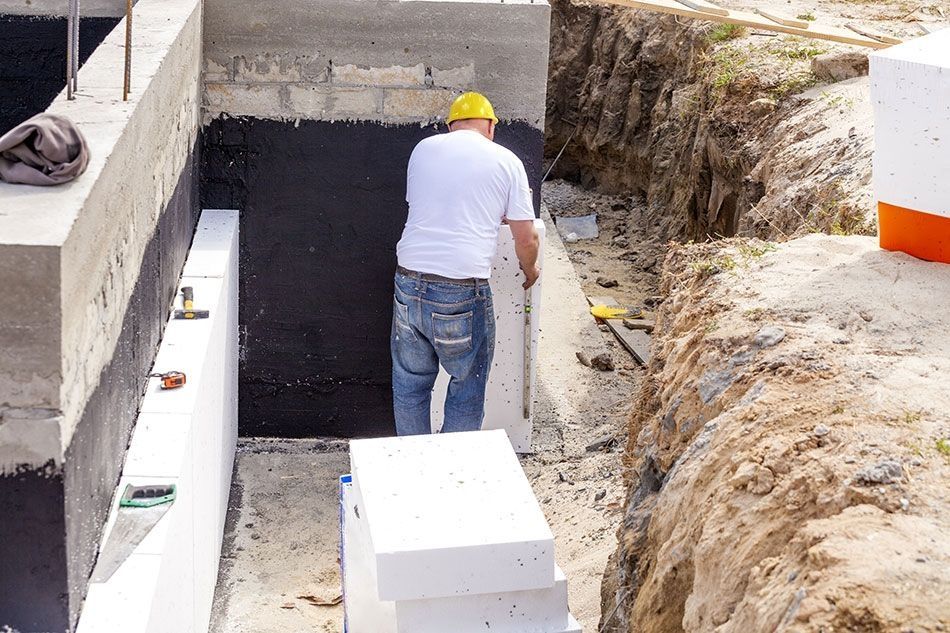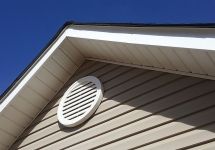House insulation vs. ventilation - important issue of air exchange
A well-insulated house is the one where comfortable thermal conditions are preserved. In practice: it’s cool in the summer and warm in the winter. Air exchange is also a very important matter. Suitable thermo-insulation does not only ensure comfort but also real savings as far as hearing is concerned. Bearing in mind still increasing energy costs, it’s worth taking care of a suitable ventilation. It can prevent moisture, and consequently algae and fungi development. What should we pay attention to? What is necessary to know?
The most common thermo-insulation materials are polystyrene and mineral wool. Although the final effect is similar, the properties of the said materials are different. For example, their vapour permeability is not alike. As long as polystyrene is a quite efficient barrier for air and water vapour penetration (experts confirm high diffusion resistance), they can easy penetrate mineral wool. Consequently, usually acrylic plaster can be applied on polystyrene and acrylic paintsacrylic paints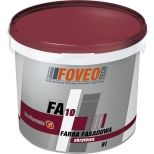 FA 10 Exterior Acrylic PaintSee more i używać which feature low vapour permeability, whereas on mineral wool only plasters and paints allowing water vapour to penetrate easily (mineral, silicate-silicone, silicate and silicone). Otherwise, when water vapour starts condensing inside of mineral wool, it can lead to wall dampness, insulation deterioration, and even plaster and paint come off.
FA 10 Exterior Acrylic PaintSee more i używać which feature low vapour permeability, whereas on mineral wool only plasters and paints allowing water vapour to penetrate easily (mineral, silicate-silicone, silicate and silicone). Otherwise, when water vapour starts condensing inside of mineral wool, it can lead to wall dampness, insulation deterioration, and even plaster and paint come off.
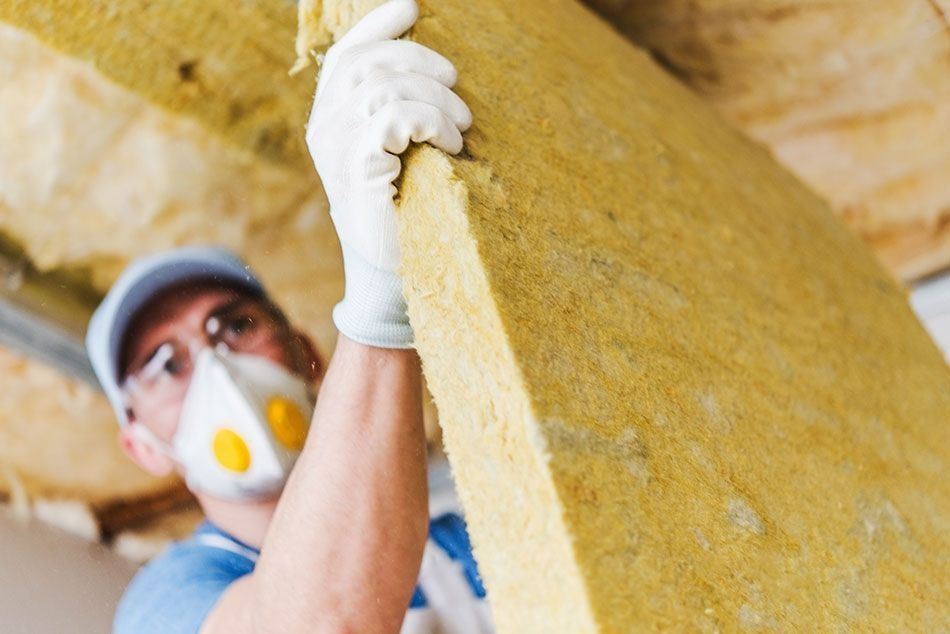
How does heat vanish from a building?
There are numerous ways, it is assumed that 40% is lost through walls, 20% through roof and 15% both windows and ventilation. To minimize the losses it’s worth keeping in mind a few simple principles when insulating a house and making ventilation.
1. Insulation layer should cover the entire building (of course excluding windows and doors). Its thickness should be adjusted to the building parameters and - which is essential - should be included in the design. Generally the board’s thickness is from 10 to 20 cm.
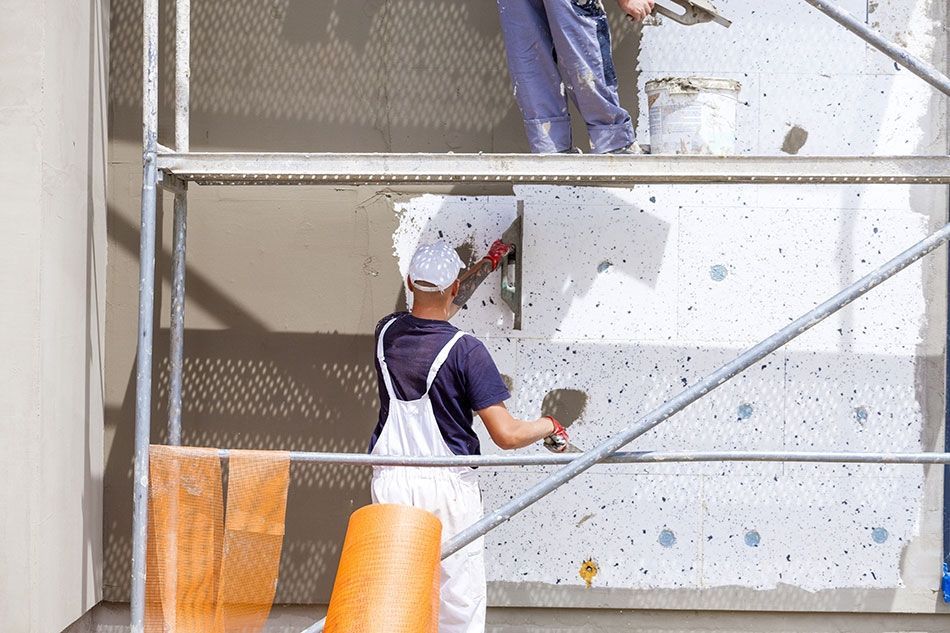
The design should precisely determine the substrate preparation and include information about areas where potentially thermal bridges can occur. Not to mention the facade colour. Why? As colour affects the reflection coefficient, and thus hearting of the facade surface. In extreme cases (dark colours) it may cause stress and lead to cracks.
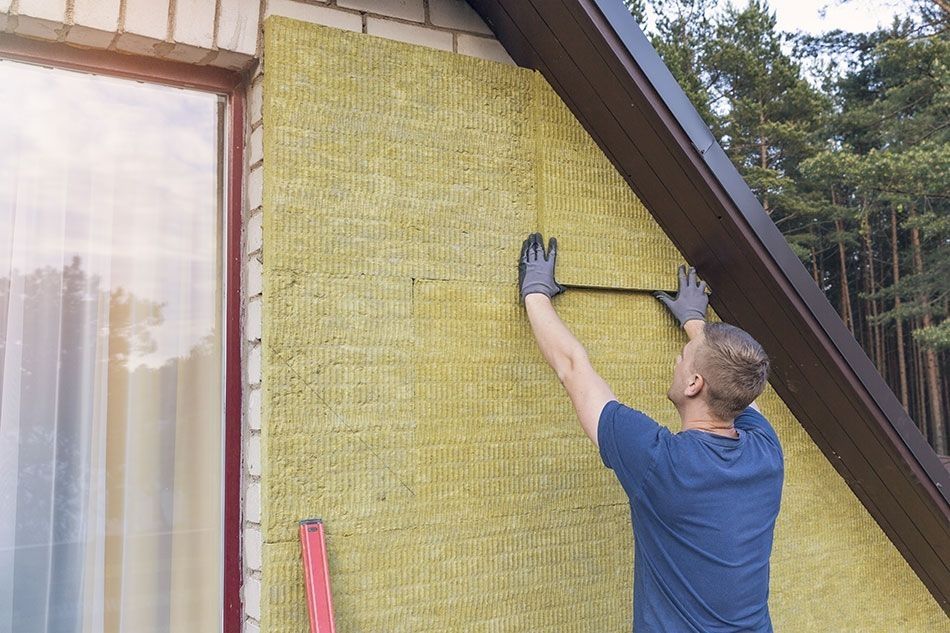
2. Areas of boards’ joints (gaps exceeding 2 mm) should be filled with polystyrene strips or a low expansion foam. What’s more, after curing the excessive amount of foam must be removed, and the surface of polystyrene must be abraded with coarse sandpaper or abrasive float rasp. At the end the whole surface must be dust free.
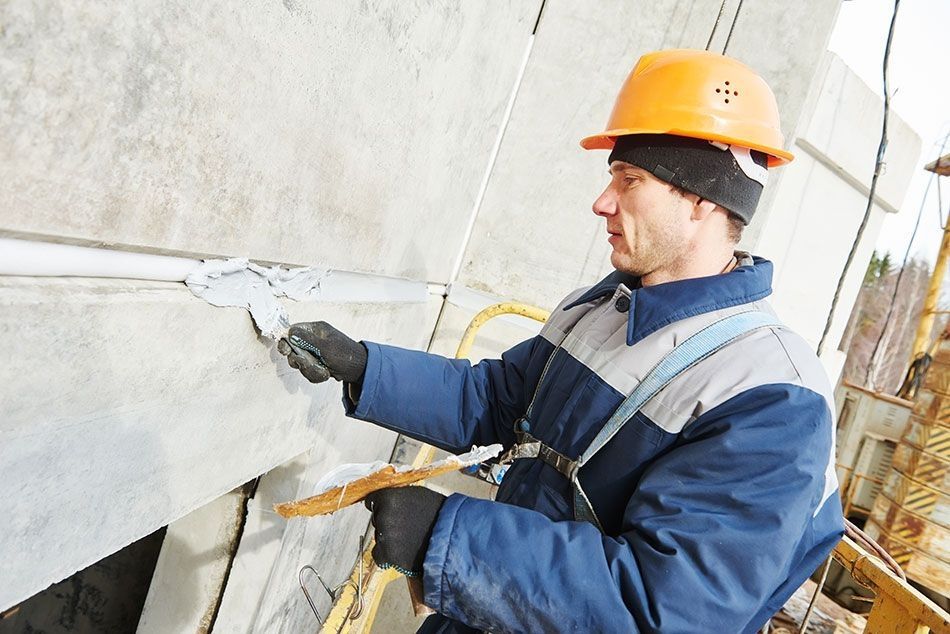
3. It’s worth choosing windows featuring increased thermal insulation properties. All the more that wooden, PVC, aluminium windows as well as double or triple glazed ones, made of special glass, are available on the market. It’s also possible to mount vent slots on the window frame.
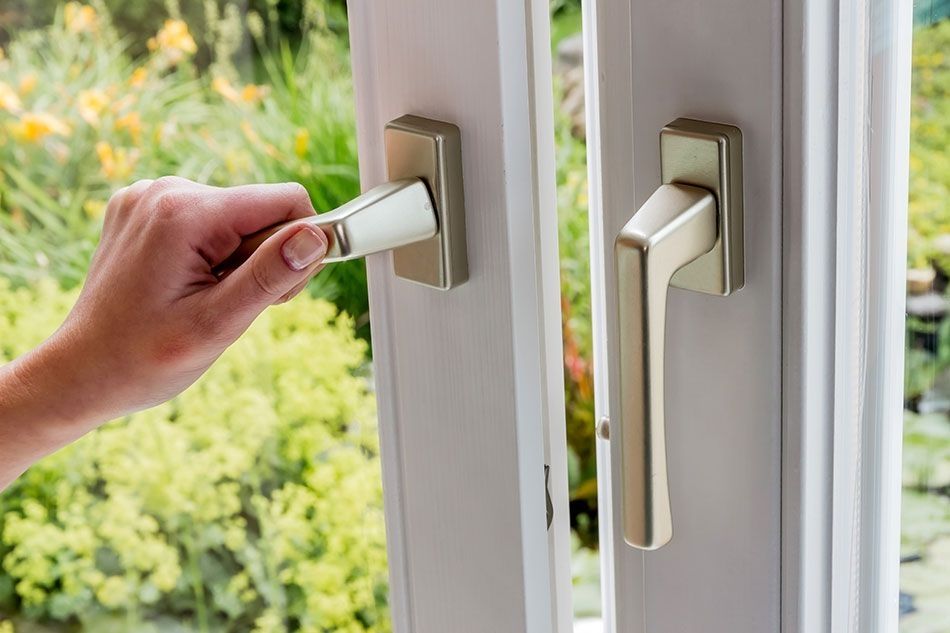
4. Mechanical ventilation heat recovery (MVHR) - is one of the most recommended solutions. Nowadays, it is becoming more standard. It’s hard to be surprised, as on the one hand it prevents heat losses in the house, on the other allows to preserve an optimal microclimate in particular rooms (and gets rid of moisture). On the plus side, it does not require erecting chimneys (additional savings for construction materials).
